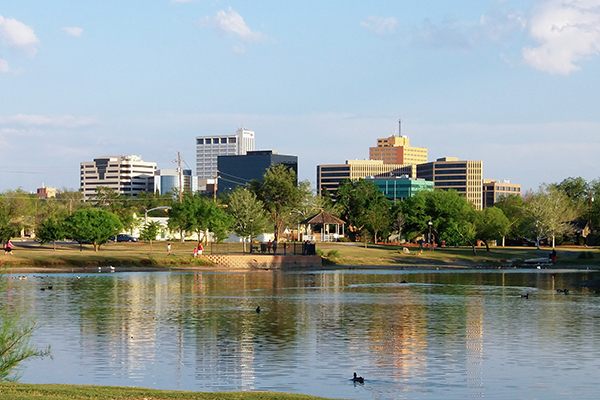
Midland Development Corporation (TX) – Priority Midland Community Visioning
Challenge
Midland’s economy was thriving during the latter half of the last decade due to an ongoing energy-led expansion. Fueled by this expansion, the city added residents at a pace faster than almost any other city in the nation and greatly increased employment opportunities. This rapid growth, however, challenged city institutions by placing tremendous and unsustainable pressure on infrastructure and resources. A steep rise in housing costs threatened existing residents’ quality of life and hampered the region’s business and workforce retention and recruitment efforts.
Response
In response to these challenges, Midland-area elected officials engaged TIP Strategies, along with The McChrystal Group and The Perryman Group, to facilitate a community visioning process. The Priority Midland initiative was designed to bring together Midland-area taxing entities, community leaders, and other stakeholders into a collaborative forum to develop a strategic investment plan for the community. Representatives from public entities, foundations, and private industries met on numerous occasions for nearly a year to identify community goals, create alliances, and develop partnership-based solutions to Midland’s challenges. Participants were assigned to working groups organized around five topic areas: education, health and wellness, housing, infrastructure, and quality of place. Through these working groups, stakeholder meetings, and leadership of the steering committee, nearly 750 people attended a Priority Midland event, and approximately 135 people participated in a core working group session. The initiative’s transparent and participatory approach has already increased communication and collaboration among local governmental entities and created stronger partnerships between the public and private sectors. In addition to creating a plan of action to address some of Midland’s most pressing issues, the resulting “roadmap” helped increase residents’ confidence that limited public resources can be strategically allocated and fully leveraged, and has helped identify additional resources beyond the public realm that can be brought to bear.